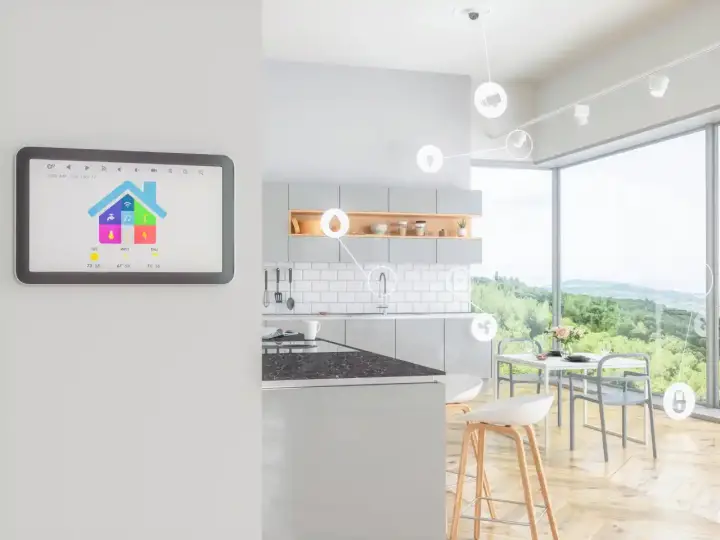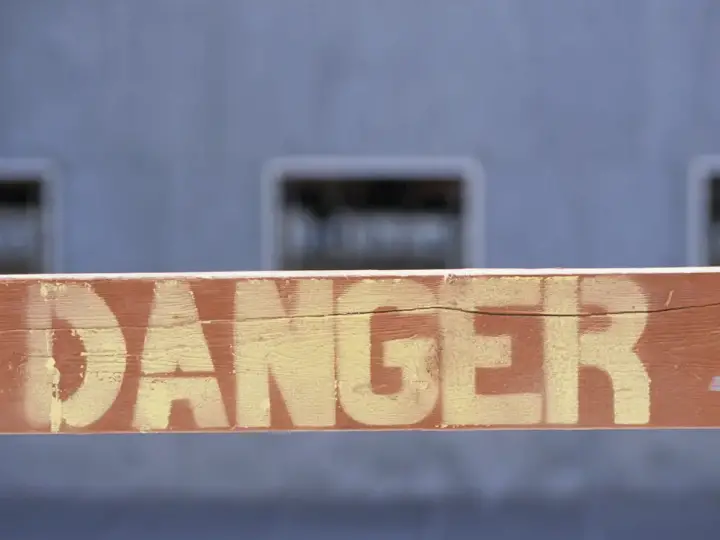Insteon Is Dead - Why That Matters Even If You Don't Use It
Updated on 20th Apr 2022 22:15 in General, Home Assistant, IoT, Smart
If you've somehow managed to miss the news, Insteon is dead. Let's back up before getting knee-deep into this crazy story. Insteon was a smart home ecosystem that offered controllers, smart locks, smart bulbs, etc. You might wonder how Insteon could be declared "dead" since it's common to continue using hardware devices long after their manufacturer ceases to exist. As you might have guessed, this will not be possible with Insteon - at least not in any way resembling the original experience. The key is that Insteon ran a cloud software controller where all customer commands and controls were processed. Once the controller goes offline, everything stops working.

Table of Contents
How did Insteon die?
The details of how the company behind Insteon eventually came to the drastic measure of shutting everything down are sure to be intriguing. Still, here we will be focusing on lessons learned and where we go from here. The key to both Insteon's ease of use and eventual failure is their cloud controller, which takes the difficulty of installing and administrating the network away from the user. This practice is great for end-users, as they don't have to fuss about setting up a computer to run controller software, figuring out port forwarding, making it secure, installing updates, and the list goes on.
It's easy to think that people should have just done it themselves and that they got what they deserved, but the reality is that many of these concepts and admin tasks are time-consuming, even for experts. Getting started with smart home technology should not require a PhD in computer science, yet every time something like this happens, we get back to the argument that people should just DIY. In reality, there should exist an option for those who aren't interested in all the intricacies of smart homes or simply don't have the time to mess around with them. People shouldn't be penalised for using a user-friendly product.
How limited tech literacy leads to these situations
Despite the ever-evolving technology around us, not everyone has adapted to the changes so well. In fact, according to Pew Research Center, only 40% of Americans could correctly answer pretty basic questions about technology. For example, one of the questions related to whether the term "https://" in a URL means that the connection is encrypted - do you know the answer? If you said yes, you join a mere 30% that could answer that question correctly. There are many influencing factors, but the most important is perhaps unsurprisingly the level of education achieved and age, with younger people and college education corresponding with more tech knowledge. This leaves entire demographics with little understanding of some of the basics, and we can't possibly expect those same people to DIY a smart home!

The surprisingly low level of average tech literacy is precisely why a product like Insteon was so attractive to so many. It was a way to access incredible technology while someone else took care of the challenging part - much like how Unix was the "serious" operating system, and Windows was perfect for the average person. This story sounds quite similar to the early days of personal computers when it was like the wild west with everyone doing their own thing. Of course, things are much cleaner now; we can even run Linux under Windows with WSL2! One thing is clear, the reason any of that is possible is because of open standards, which declare that an operating system should behave in a certain way when a specific thing happens. That's also how the internet works, as otherwise, none of our devices would be able to talk to each other if they weren't from the same manufacturer.
Where Insteon went wrong
As for Insteon itself, the biggest problem with the platform was that it is far too dependent on the company's cloud infrastructure to have ever been a safe bet for an investment of significant magnitude. We've talked about Insteon on this website several times before, but every time, the issue was the same. It's simply not logical to first send every action/status/notification over the internet to a server somewhere, only for it to come all the way back where you needed it, possibly only a few feet from where it was initially sent. This step is clearly wasteful, but it's even worse than it seems because it also adds a dependency on both being connected to the internet and the company's servers being online. The only reason any of this insanity makes any business sense is because of the improved user experience.
For more details about cloud smart homes and their problems, check out my article about cloud smart homes and my article about smart hubs here!
Unfortunately, many are now realising first-hand why these technologies are flawed. There are certain levels of reliability people generally expect from various things in life. For example, house lights usually qualify as "high reliability expected" - could you imagine if turning on or off the lights had a 50% chance to fail every time? You'd get fed up rather quickly. This is why we can't accept cloud-based smart devices as suitable building blocks for smart homes - they simply aren't good enough for the average person. Generally, people are busy working, doing chores, and trying to enjoy whatever time is leftover. That usually doesn't include spending their limited time trying to fix something that should just work.

The need for a standard
It's almost a joke when you start to consider the sheer quantity of smart home ecosystems. Look at our guides' length on smart home protocols and smart home controller software. On its own, having options isn't a bad thing, but once you throw in the fact that virtually none of them are natively compatible with each other, it becomes a problem. Insteon is an example of this, as it used a proprietary protocol for communication and required the company's cloud to function. Without the controller, nothing works, and since the limited integrations that did exist also relied on the cloud, there is effectively no way to talk to your devices anymore.
The solution is a free and open standard that describes how smart home devices should talk to each other and how they should be controlled. For example, we could declare that a smart device should turn on when it receives a message with the contents "ON" and off when the opposite happens. This is obviously an oversimplified example, but the idea is the same when developing an industry-wide standard. There have been a few attempts at standardisation, with the most obvious being Z-Wave. It worked quite well, as you can buy any Z-Wave device and use it with any Z-Wave controller. The problem is that the company behind the standard requires that product manufacturers obtain a license before they can sell anything. This costs money, which is why you don't see nearly as many Z-Wave smart homes as you would expect, given that they work quite well.
Despite the seemingly endless stream of bad news, there is a chance things will change for the better with the introduction of Matter. Matter is a relatively new smart home standard which has the support of many large tech companies like Apple, Amazon, and Samsung. In reality, the fact that the project is supported by some of the market's biggest players is the reason it might actually make a difference. A common problem with standardisation is that everyone attempts to do it simultaneously, and then you end up with several different competing standards instead. The power of standards is that everyone listens to them, allowing devices from different brands to work together despite otherwise having nothing to do with each other. As of writing, we are still in the early stages of Matter's existence. Only time will tell if it gets picked up and more companies roll with it.

What now?
If you are affected by the Insteon shutdown, you are possibly not entirely out of luck. There are ways to integrate Insteon devices into DIY ecosystems like Home Assistant or OpenHAB. It's important to understand that while DIY options are lovely and offer near-endless customisation, they are also a lot more involved. On average, you should expect to spend at least an hour a month on average messing with things to get them working. Sometimes you will spend a really long time working out a problem - I know because it took me multiple days to fix one problem I was having once! This isn't meant to scare you away from DIY solutions; rather, it's to inform you that DIY really does mean doing it yourself.
Should you be interested in recovering your Insteon smart home without breaking the bank and replacing everything, you can check out the Home Assistant documentation for Insteon here. You might also be interested in the OpenHAB documentation here. The prospect of installing and configuring Home Assistant or OpenHAB can be daunting, but before deciding what you are going to do, be sure to check out my guide on installing Home Assistant here! It can be done relatively cheaply using a really cool tiny computer that can stay hidden somewhere in your home. There is some learning required, but overall I think most people can follow along, given the desire to do so. If DIY does not interest you at all, it looks like you are going to have to replace all your smart devices with new ones that don't require Insteon.
We have a helpful tool that can be useful for figuring out which commercial ecosystem you might be interested in. It's called HubFinder, and you can read all about it here. If you would rather get right into it, you can check out HubFinder here.



